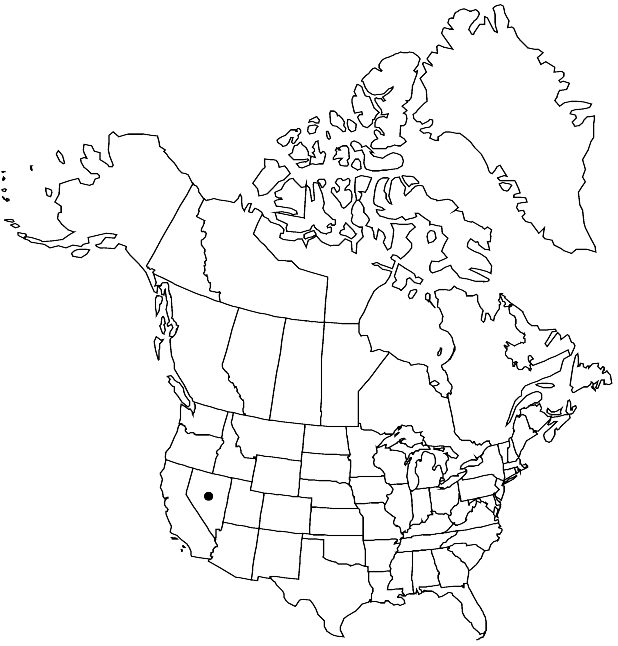Difference between revisions of "Draba sphaeroides"
Amer. J. Bot. 4: 265. 1917.
FNA>Volume Importer |
FNA>Volume Importer |
||
| Line 11: | Line 11: | ||
|name=Draba oligosperma var. sphaeroides | |name=Draba oligosperma var. sphaeroides | ||
|authority=(Payson) O. E. Schulz | |authority=(Payson) O. E. Schulz | ||
| + | |rank=variety | ||
}} | }} | ||
|hierarchy=Brassicaceae;Brassicaceae tribe Arabideae;Draba;Draba sphaeroides | |hierarchy=Brassicaceae;Brassicaceae tribe Arabideae;Draba;Draba sphaeroides | ||
| Line 36: | Line 37: | ||
-->{{#Taxon: | -->{{#Taxon: | ||
name=Draba sphaeroides | name=Draba sphaeroides | ||
| − | |||
|authority=Payson | |authority=Payson | ||
|rank=species | |rank=species | ||
| Line 51: | Line 51: | ||
|publication year=1917 | |publication year=1917 | ||
|special status= | |special status= | ||
| − | |source xml=https://jpend@bitbucket.org/aafc-mbb/fna-data-curation.git/src/ | + | |source xml=https://jpend@bitbucket.org/aafc-mbb/fna-data-curation.git/src/f50eec43f223ca0e34566be0b046453a0960e173/coarse_grained_fna_xml/V7/V7_472.xml |
|tribe=Brassicaceae tribe Arabideae | |tribe=Brassicaceae tribe Arabideae | ||
|genus=Draba | |genus=Draba | ||
Revision as of 22:16, 16 December 2019
Perennials; (cespitose, densely pulvinate); caudex branched (branches often tangled with persistent leaf remnants, prostrate, slender, sometimes terminating in sterile rosettes); scapose. Stems unbranched, (0.2–)0.3–0.8 dm, sparsely pubescent proximally, glabrous distally, trichomes usually 2- or 3-rayed, rarely some simple, 0.1–0.25 mm. Basal leaves not rosulate; subsessile; petiole margins not ciliate; blade oblanceolate to oblong or elliptic, 0.3–0.8(–0.9) cm × (1–)1.5–3(–4) mm, margins entire, (not ciliate), surfaces usually pubescent, rarely both surfaces glabrous (except margin), with stalked, 2–4-rayed trichomes, 0.07–0.4 mm (or, rarely, trichomes mostly simple and 2-rayed adaxially). Cauline leaves 0. Racemes (3–)5–11(–14)-flowered, ebracteate, slightly elongated in fruit; rachis not flexuous, glabrous or sparsely pubescent as stem. Fruiting pedicels divaricate-ascending, straight or curved upward, (sometimes slightly expanded basally), 3–8 mm, usually glabrous, rarely sparsely pubescent, trichomes simple and 2- or 3-rayed. Flowers: sepals broadly ovate, 1.7–2.5 mm, glabrous or sparsely pubescent, (trichomes simple and short-stalked, 2- or 3-rayed); petals yellow, spatulate, 2.7–4 × 1.5–2.2 mm; anthers ovate, 0.4–0.5 mm. Fruits broadly lanceolate to ellipsoid or ovoid, plane, inflated at least basally, (2.5–)3.5–7(–8) × (1.5–)2–3.5 mm; valves glabrous or sparsely pubescent, trichomes simple and short-stalked, 2(–4)-rayed, 0.07–0.2 mm; ovules 4–10(–12) per ovary; style 0.3–1(–1.3) mm. Seeds oblong, 1–1.5 × 0.8–1 mm. 2n = 20.
Phenology: Flowering Jun–Aug.
Habitat: Rock outcrops, talus, soil pockets on rocky slopes
Elevation: 2500-3300 m
Discussion
Of conservation concern.
Draba sphaeroides is closely related to D. pedicellata; the two are easily distinguished using the characteristics discussed by M. D. Windham (2004). The species is known from Elko County (East Humboldt, Ruby and Jarbidge mountains) in northeastern Nevada.
Selected References
None.
